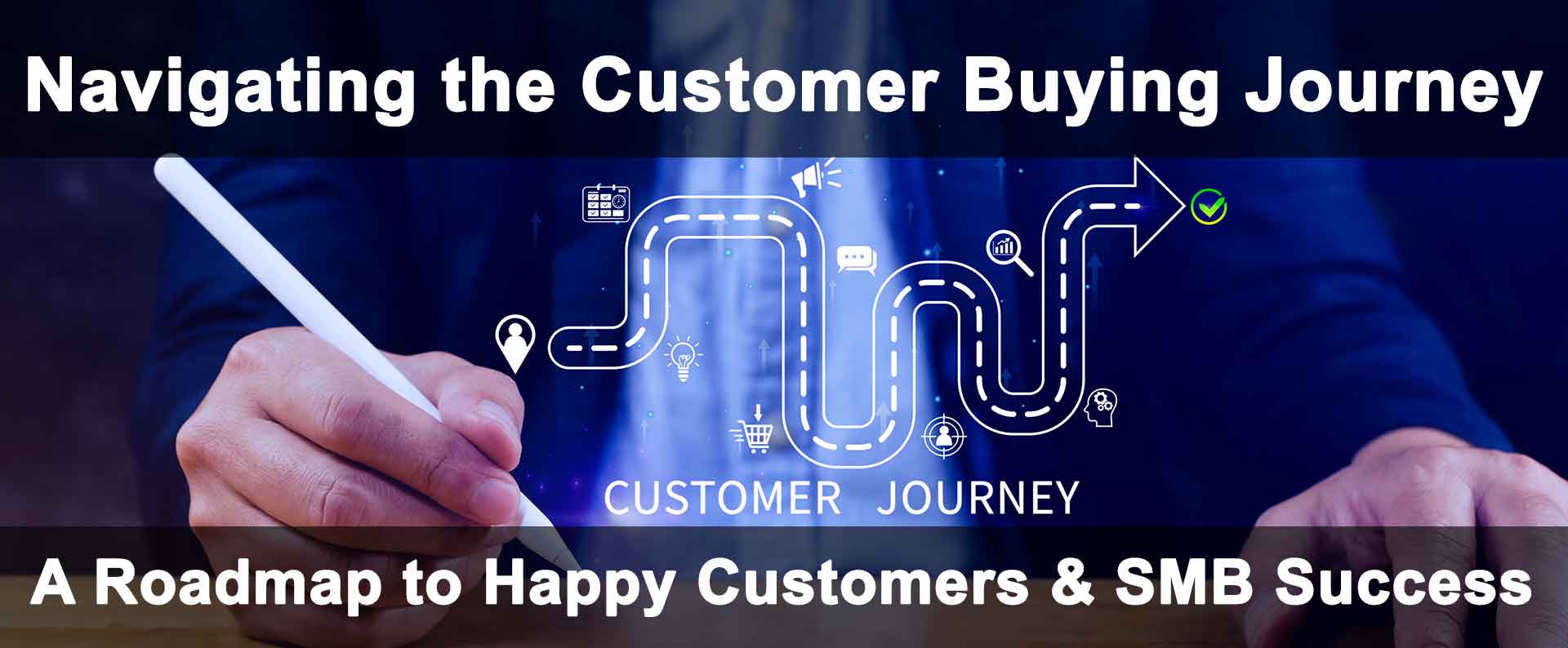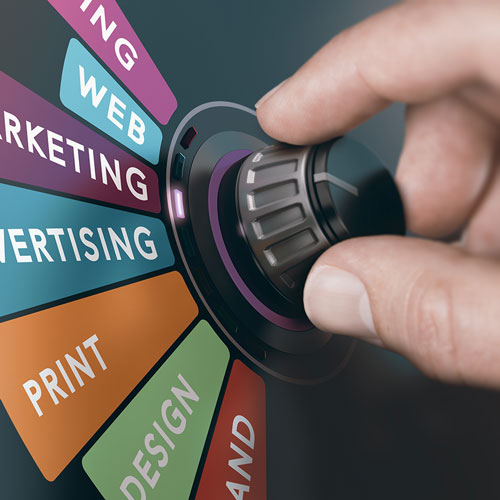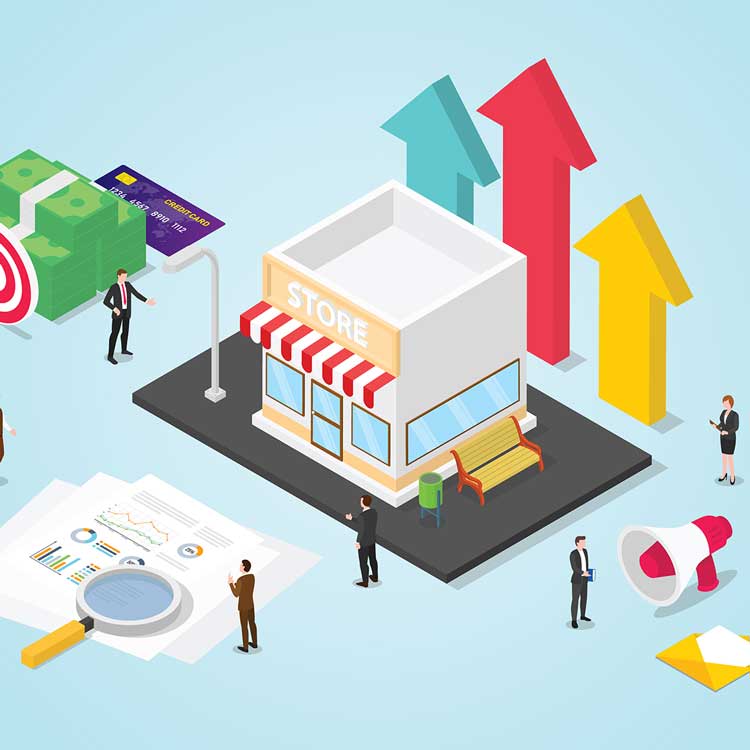In today’s competitive landscape, small business owners must prioritize understanding the customer buying journey. This journey is more than just a series of transactions; it encompasses every interaction a customer has in relation to your brand.
By carefully managing this path, businesses can significantly enhance customer experiences and ultimately drive success.
In this article, we'll delve into what the customer buying journey is, its implications, and how optimizing it can set your business apart.
What is the Customer Buying Journey?
The customer buying journey refers to the process that potential customers go through from the moment they become aware of a product or service to the point of purchase and beyond. It typically consists of five stages:
- Awareness:
The customer recognizes a need or problem.
- Consideration:
The customer researches solutions or products that fit their requirement.
- Decision:
The customer evaluates options and decides where to purchase.
- Purchase:
The customer completes the transaction.
- Post-Purchase:
The customer reflects on their experience and decides whether to continue engaging with the brand.
How Steps Along This Journey Can Affect Business Success or Failure
Each stage of the buying journey is critical and can determine whether a customer chooses to engage with your business or look elsewhere. For instance:
- Awareness Stage:
If customers cannot find you online or see negative reviews during this phase, they may never learn about your offerings.
- Consideration Stage:
Without adequate information (like product comparisons or customer testimonials), potential customers might hesitate and choose competitors providing clearer insights.
- Post-Purchase Stage:
If you fail to follow up after a purchase, customers may feel neglected, leading to poor reviews or a lack of repeat business.
Ensuring a smooth experience through each stage is essential. Delays or confusion can lead to lost sales and diminished trust in your brand.
Optimizing the Buying Journey for Enhanced Customer Experience
An optimized buying journey can significantly enhance the customer experience, fostering loyalty, and driving repeat business. Here’s how to improve each stage along the journey, specifically tailored for various industries:
1. Retail:
Use targeted Google Ads for local searches, create mobile-friendly product pages, and send abandoned cart emails.
Additional Examples:
- Awareness: Utilize social media marketing to showcase products with high-quality photos and engaging content.
- Consideration: Offer detailed product descriptions, customer reviews, and easy-to-navigate website designs that help customers make informed choices.
- Action Step: Implement chatbot assistance on your website for real-time answers to customer inquiries.
2. Restaurants:
Leverage Instagram Reels to showcase daily specials, offer online reservations, and send SMS discounts to repeat customers.
Additional Examples:
- Awareness: Engage potential customers with mouth-watering photos on social media and encourage user-generated content.
- Consideration: Provide an easy-to-use online reservation system, as well as your menu and customer reviews.
- Action Step: Send follow-up emails with surveys or thank-you notes after dining experiences to keep customers engaged.
3. Hospitality:
Optimize your website for direct bookings (bypassing third-party fees), share virtual tours of rooms, and email post-stay surveys.
Additional Examples:
- Awareness: Invest in SEO and online advertising to increase visibility on travel sites.
- Consideration: Display testimonials from previous guests prominently and use virtual tours of the property.
- Action Step: Offer personalized package deals based on customer preferences gathered from past visits or inquiries.
4. Construction:
Use LinkedIn to share project case studies, offer free quotes via a website form, and follow up with past clients for referrals.
Additional Examples:
- Awareness: Build an informative website and share case studies that highlight successful projects.
- Consideration: Provide free estimates and consultations to demonstrate value and build trust.
- Action Step: Nurture potential leads through email campaigns highlighting previous work and special offers.
5. Healthcare:
Implement a patient portal for appointment management, publish FAQ videos on YouTube, and send appointment reminders via text.
Additional Examples:
- Awareness: Promote your services through educational resources (like blogs and videos) that address patient concerns.
- Consideration: Simplify scheduling with online booking systems and validate credibility through patient reviews.
- Action Step: Send appointment reminders via SMS or email to enhance the customer experience and reduce no-shows.
6. Professional Services (e.g., Legal, Accounting):
Publish client testimonials on your website, offer free downloadable guides (e.g., “Tax Checklist for Small Businesses”), and host webinars to demonstrate expertise.
Additional Examples:
- Awareness: Write articles addressing common legal or financial questions, establishing expertise and authority.
- Consideration: Schedule free consultations to discuss specific needs and concerns.
- Action Step: Follow up with clients post-service to gather feedback and encourage referrals or testimonials.
Real-World Examples and Industry-Specific Strategies
1. Retail:
- Develop visually appealing, easy-to-navigate online stores. Use digital ad campaigns (Google/Facebook Ads) to drive initial awareness.
- Offer free online consultations, behind-the-scenes product videos, and clear social proof such as customer testimonials.
- Post-purchase, use loyalty programs and targeted emails to encourage repeat business.
Example:
A local clothing store can implement an easy online shopping experience with clear product descriptions and customer reviews.Actionable Step:
Train staff to engage with customers both in-store and online, enhancing the overall experience.
2. Restaurants:
- Start with local SEO and online menus to boost initial online visibility. Engage passersby with appetizing social media content.
- Use customer reviews and interactive virtual tours to build credibility during the consideration phase.
- Implement reservation systems and follow-up offers (e.g., discount for a return visit) to nurture long-term loyalty.
Example:
A restaurant could utilize an online ordering system that allows customers to customize their meals.Actionable Step:
Encourage customers to leave reviews and offer loyalty discounts to increase repeat visits.
3. Hospitality:
- Invest in a seamless booking experience and virtual tours of your facilities to attract prospective guests.
- Engage potential customers with personalized email campaigns and testimonials from previous visitors.
- Offer exclusive packages or loyalty discounts post-stay to enhance continued engagement.
Example:
A hotel can create a seamless booking process through its website and provide virtual tours of rooms.Actionable Step:
Send personalized thank-you emails post-stay, offering discounts for future bookings.
4. Construction:
- Use case studies and detailed project portfolios to build awareness and trust among potential clients.
- Provide clear, transparent consultations and personalized project proposals during the consideration phase.
- Post-completion, schedule follow-up meetings, ask for client feedback, and ask satisfied clients for referrals.
Example:
A construction firm can showcase its completed projects through a well-designed portfolio on its website.Actionable Step:
Offer free consultations to potential clients to discuss their project needs, which builds trust and rapport.
5. Healthcare:
- Optimize your website with patient testimonials, clear service descriptions, and easy-to-find contact information.
- During the consideration phase, offer virtual consultations or informative webinars to educate potential patients.
- Post-treatment, maintain communication with appointment reminders, feedback forms, or wellness newsletters to cultivate lasting relationships.
Example:
A medical clinic can streamline appointment scheduling and offer telehealth options for convenience.Actionable Step:
Regularly follow up with patients post-visit to ensure they received quality care and to address any concerns.
6. Professional Services (Legal, Accounting, etc.):
- Build credibility with informative blog posts, case studies, and expert webinars that raise awareness about your offerings.
- Offer free initial consultations to clarify your value proposition and address client concerns during the consideration phase.
- Follow up with useful resources, periodic check-ins, and a referral reward program to encourage ongoing relationships.
Example:
A law firm can provide informative resources on legal topics on its website, helping potential clients in the consideration phase.Actionable Step:
Host webinars on relevant topics to engage clients and demonstrate expertise.
Key Takeaways
By mapping the customer buying journey and tailoring strategies to each stage, small and medium businesses can significantly impact their success.
Whether you are in retail, restaurants, hospitality, construction, healthcare, or the professional services sector, focusing on an optimized journey translates into increased satisfaction, higher conversion rates, and lasting customer relationships.
By seeking feedback, analyzing customer interactions, and implementing the suggested actionable steps, businesses can cultivate deeper relationships with their customers, improve their overall experience, and ultimately increase their bottom line.
Now is the time to implement these actionable steps and see your business flourish.













